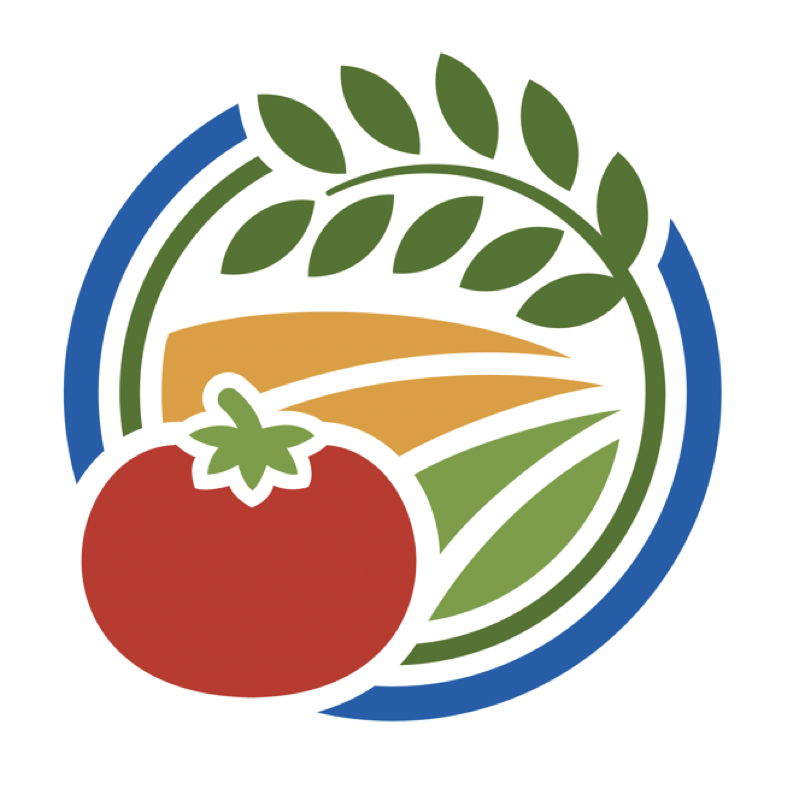Sorghum & Sudangrass
| Growing Period | Type | Annual or Perennial | Drought Tolerance | Shade Tolerance | Salinity Tolerance |
|---|---|---|---|---|---|
| Warm Season | Grass | Annual | Moderate | Low | High |
Common Name
Scientific Name
Cultivar
According to the Southern Seedsmen's Association (1992), there are sorghum varieties used for forage, grain, syrup, and wild game feed.
The chief races or varieties of sorghum in the United States are termed sorgo, kafir, durra, milo, feterita, shallu, kaoliang, and broomcorn (Hitchcock, 1971).
Seed Description
Seedling Description
Mature Plant Description
Temperature
Geographic Range
Water
Soil pH
Soil Type
Shade Tolerance
Salinity Tolerance
Life Cycle
Seeding Rate
Seeding Depth
Seeding Method
Seeding Dates
Inoculation
Seed Availability
Days to Flowering
In southern Georgia, the sorghum X sudangrass hybrid called 'Kow Kandy' sown on July 4 began flowering on August 24 and reached full flower on September 21 (Bugg and Dutcher, 1989).
In Massachusetts, the grain sorghum cv RS-610(TE-66) sown on May 7 began flowering on August 3 and reached peak flowering by August 18 (Bugg and Ellis, 1990).
'Piper' sudangrass planted in June in Davis typically flowers (anthesis) in about 65 days. (Mark Van Horn, pers. comm.)
Growth Habit
Maximum Height
In southern Georgia, the sorghum X sudangrass hybrid called 'Kow Kandy' attained a maximum height of about 1.60 m (Bugg and Dutcher, 1989).
In Massachusetts, the grain sorghum cv RS-610(TE-66) attained a maximum height of about 1 m (Bugg and Ellis, 1990).
'Piper' sudan is typically 7 to 8 feet tall at anthesis. 'Evergreen' sorghum sudangrass will attain ten feet. (Mark Van Horn, pers. comm.)
Root System
As with most grasses, these have fibrous root systems (Bugg, pers. comm.).
Kutschera (1960) reported that Sorghum halepense generally roots to a depth of 124 cm.
Establishment
Maintenance
Mowing
Incorporation
Harvesting
Equipment
Uses
Mixtures
Biomass
N Contribution
Effects on Water
Effects on Microclimate
Effects on Soil
Sudangrass and sorghum-sudangrass hybrids are fast-growing summer annuals that can be used to suppress weeds or provide mulch or soil structural improvement (Schonbeck, 1988).
Zhang and Hendrix (1995) in Georgia conducted laboratory microcosm studies on carbon flow as affected by the epigeic earthworm Lumbricus rubellus and the endogeic earthworm Aporrectodea caliginosa vs. microcosms lacking earthworms. Sorghum leaf litter was labeled with 13C, whereas cereal rye fine roots and root exudates were labeled with 14C. the sorghum leaves were placed on the microcosm soil surfaces; cereal rye portions were included in the soil. Mason jars containing 500g of the 14C-labeled soil served as microcosms. There were three treatments, each replicated 5 times: (1) 14C soil and 13C litter; (2) 14C soil and 13C litter and 4 adult L. rubellus; and (3) 14C soil and 13C litter and 4 adult A. caliginosa. After 37 days of incubation at 18° C, destructive sampling terminated the experiment. Key findings included: (1) Earthworms decreased translocation of soil C into leaf litter, possibly by reducing fungal hyphal connections; (2) the epigeic earthworm (L. rubellus) preferentially ingested 13C litter, whereas the endogeic A. caliginosa fed preferentially on the 14C-labeled soil. The former increased surface litter loss by ~15% and the latter by ~11% vis a vis the control microcosms.
Effects on Livestock
Sorghums produce high volumes of high quality forage during the warm-season (Fribourg, 1985). Sudangrass and sorghum-sudangrass hybrids produce toxic levels of cyanide while young, so should only be grazed when more mature (Schonbeck, 1988).
There is substantial documentation regarding prussic acid poisoning to livestock with new growth or frosted sudan or sorghum x sudan. This is the one major problem in some livestock situations. (Fred Thomas, pers. comm.)
Pest Effects, Insects
In southern Georgia, in an experimental grove of pecan (Carya illinoensis [Wangenh.] K. Koch [Juglandaceae]), Bugg and Dutcher (1989) surveyed potential "insectary crops." Thirteen prospective warm-season cover crops were evaluated for associated aphids and entomophagous insects; an additional 11 crops or mixtures were considered in unreplicated plots. A Sorghum X Sudangrass hybrid (Sorghum bicolor [L.] Moench cultivar 'Kow Kandy', Sorghum hosted corn leaf aphid (Rhopalosiphum maidis [Fitch]) and greenbug (Schizaphis graminum [Rondani]). Corn leaf aphid was first observed on sorghum, during the week of July 19, and colonies were observed on spikelets of sorghum from early September until frost in late November. After pecan leaf drop in October, O. v-nigrum was often observed feeding on this aphid. Sorghum can also harbor abundant southern green stinkbug, Nezara viridula, and leaffooted bug, Leptoglossus phyllopus (L.)(Bugg, pers. comm.), both of which are kernal-feeding pests of pecan.
On Cape Cod Massachusetts, Bugg and Ellis (1989) evaluated insect faunae of ten cover crops grown in two replicated trials. Five crops were assessed in the principal experiment: (1) Faba bean, Vicia faba L. cv 'Ipro' (Fabaceae); (2) Hairy vetch, Vicia villosa Roth (Poaceae), planted in mixture with rye, Secale cereale L. cv 'Aroostook' (Poaceae); (3) Annual white sweetclover, Melilotus alba Desrousseaux var. annua Coe cv 'Hubam' (Fabaceae); (4) Grain sorghum, Sorghum bicolor (L.) Moench cv RS-610 (TE-66) (Poaceae); and (5) Buckwheat, Fagopyrum esculentum Moench (Polygonaceae). Sorghum featured high densities of corn leaf aphid, Rhopalosiphum maidis (Fitch), and seven-spotted lady beetle, Coccinella septempunctata L. during the first three weeks of July.
Pest Effects, Nematodes
Rhoades (1983) found that sting nematode was abundant and caused reduced yields for cool-season vegetables following cover cropping with a sorghum X Sudan grass hybrid.
